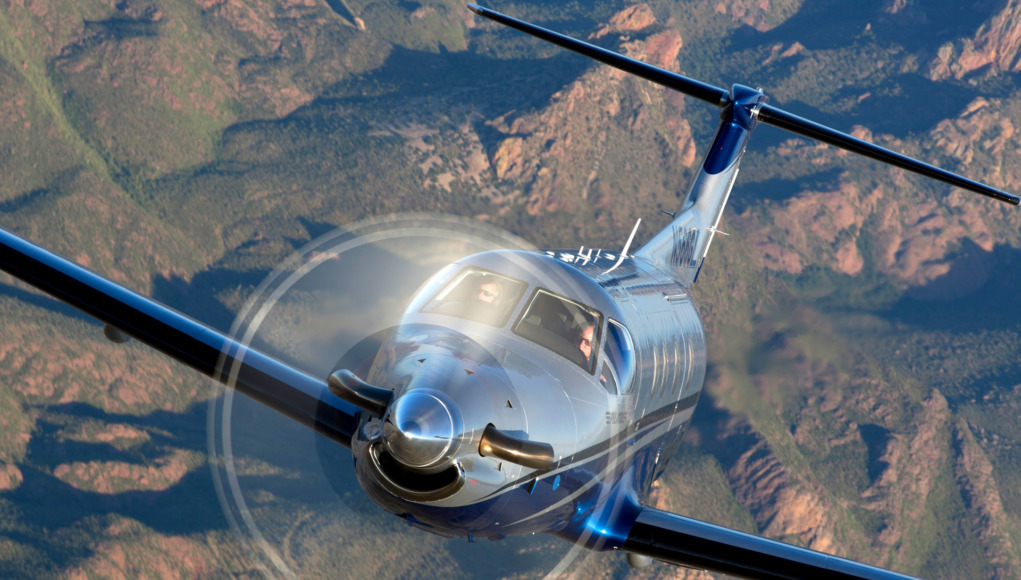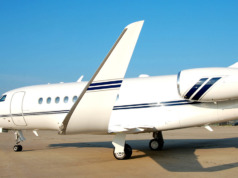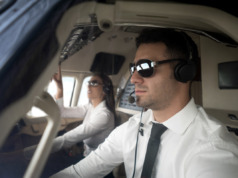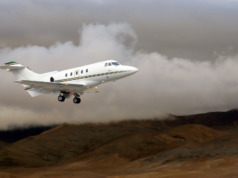Perhaps you spend a lot of time in the back of a high-performance business aircraft as an owner and wonder if it would be possible for you to move into the cockpit as pilot-in-command. Most importantly, could you do this with safety margins comparable to the paid professionals who now pilot your aircraft, and what three elements would that take?
- Commitment – Becoming a proficient and safe pilot of a high-performance business aircraft is not a casual undertaking. You need commitment. The path to sitting in the captain’s seat of your own turboprop or jet aircraft certainly is attainable, but count on hundreds of hours of training starting with small, simpler aircraft and working into more complex planes. In theory, starting from zero flight time, one could accumulate the required licenses, ratings, training, and hours in about two years if fully committed. Most people spread out building that experience over a much longer period, but it can be done intensively.
- Passion – Making this level of commitment requires a true passion for piloting. If you are not highly motivated by the challenge of mastering the art and science of piloting, you are better off leaving the cockpit to paid professionals.
- Discipline – Safe piloting is not a creative endeavor. It requires discipline: following standard operating procedures and adhering strictly to rules proven over many decades to contribute to safe operations. However, unlike a paid professional pilot, an owner-pilot tempted to bend those rules is unlikely to lose his or her job.
The deadliest form of lack of discipline is what pilots refer to as “get-there-itis.”
On the morning of a scheduled return from a conference it is snowing heavily. You’ve hangared the plane overnight, and pulling it out of the warmth into the snow causes the snow falling on the plane to initially melt and then refreeze.
Under FAR Part 91, which governs private operators, getting the wing treated with anti-icing fluid prior to departure is not required, but you were trained that attempting to takeoff with any frozen precipitation adhering to the wing can be dangerous. However, this airport does not have anti-ice treatment capabilities. Your passengers are gathered in the small terminal building, anxious to get on the plane and fly home after a long week away.
From a safety perspective, the right decision is clear. As the pilot-in-command, you need to tell them the flight is cancelled, and you’ll try again tomorrow.
Sadly, too many owner-pilots fall victim to wishful thinking, bend to the pressure, and take the risk. Sometimes it works out fine – which only reinforces that behavior in the future.
Having the self-discipline to say “no” to a flight and not succumbing to impatience is a critical trait in any pilot and sometimes is difficult for an owner-pilot.
Pursuing Your Dream
Assuming you have the commitment, passion, and discipline to pursue your goal, what is the process to reach your goal?
The first step is obtaining a private pilot license (PPL). Under FAA rules, a PPL requires a written exam and a minimum of 40 hours of flight time. The basic PPL gives you the ability to fly only in visual conditions (not through clouds), and thus is of limited utility for cross country travel.
Next is obtaining an instrument rating (IR), which allows you to fly in conditions of limited or no visibility using only the aircraft instruments for reference. The FAA also requires a written exam, a minimum of 40 hours flight time in actual or simulated instrument weather conditions (no outside visibility), and 50 hours of cross-country flight time to obtain an IR.
In theory, with a carefully crafted training program of about 150 flight hours and two written exams, one could be fully FAA qualified to fly a Pilatus PC-12 turboprop or comparable aircraft with just the PPL and IR. With total focus, that could be accomplished in about four months. If you want to fly a jet aircraft or a large turboprop aircraft, a multi-engine and type rating would take about three to four additional weeks.
However, most insurance carriers would not insure a pilot with just these bare minimum qualifications, and for good reason. A more realistic path would involve accumulating a lot more experience in simpler aircraft before moving to more complex equipment.
With intense effort, you might be able to become proficient and safe enough to be insurable with 1,000 flight hours. This could be accomplished in fewer than two years if you devote at least three days a week to flying, not always feasible while you’re also running your business.
Assume you’ve accomplished the required training and additional experience to be “signed-off” for flying your own high-performance business aircraft as pilot-in-command.
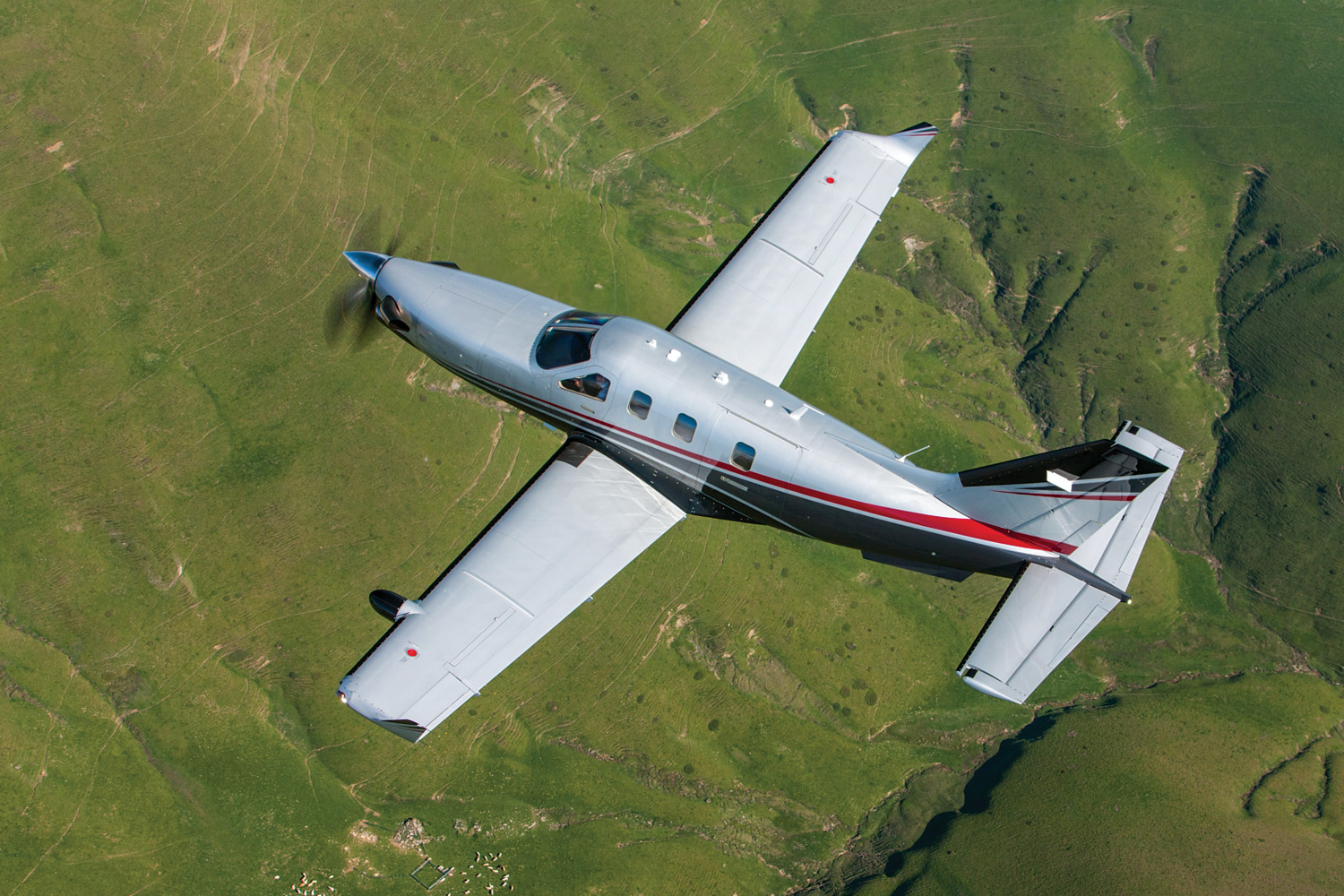
Safe Flying Requires More
One key is operating the aircraft as closely as possible to the standards of a paid professional pilot working within the structure of an airline. You can emulate many but not every one of these essentials. What are they?
- Proficiency – Proficiency means flying often in a variety of conditions. Flying, especially instrument flying, is a highly perishable skill. Even a few weeks downtime can erode your skills. Experienced pilots suggest to never let more than two weeks pass without flying, and to conduct at least 75 flights a year (about 150 hours of flight time) in variety of conditions to stay sharp.
- Recurrent Training – While maintaining proficiency helps keep routine piloting skills sharp, you also want to remain well versed in emergency procedures and the systems in your complex aircraft. Since these are not part of routine flying, regular “recurrent” training is essential. Most commercial operators require a multi-day annual recurrent training event with a shorter proficiency check in between each annual recurrent: hence some sort of structured training at least every six months. Plan to budget five days a year for training.
- Standard Operating Procedures – Developing and adhering to standard operating procedures (SOPs) probably is one of the more difficult things for many owner-pilots. You value the freedom of piloting your own plane and may see SOPs as needless paperwork. However, decades of experience have proven that using SOPs – which cover rules for many piloting decisions such as fuel reserves, minimum weather conditions, runway lengths, pilot daily flight time, and other decisions – consistently improves safety. Using SOPs removes as many judgment calls from the aeronautical decision-making process as possible.
While commercial operations are required to have an FAA-approved operations manual, Part 91 owner-pilots do not, so developing and using your operations manual is a matter of best practice.
Only you can assess whether you have commitment, passion, and discipline. If so, then piloting your own aircraft can be an extremely rewarding endeavor without undue risk. If not, continue to enjoy your business aircraft from the back seat and leave the flying to the pros. BAA
Above & Beyond Podcast
If learning to fly has been on your “someday” list, today might well be that day. Listen as Jack Long, entrepreneur and author of Piloting Your Own Aircraft, and John Zimmerman, Vice President of Sporty’s Pilot Shop discuss how they’ve harnessed flying their own aircraft for business success and for pleasure in Moving to Your Aircraft’s “Front Office”.
Jack Long is an entrepreneur by profession and a pilot by passion. He is an Airline Transport rated pilot with 5,000 hours of total pilot time and 3,000 hours in his beloved Pilatus PC-12. He is a Past President of the Pilatus Owners and Pilots Association.


